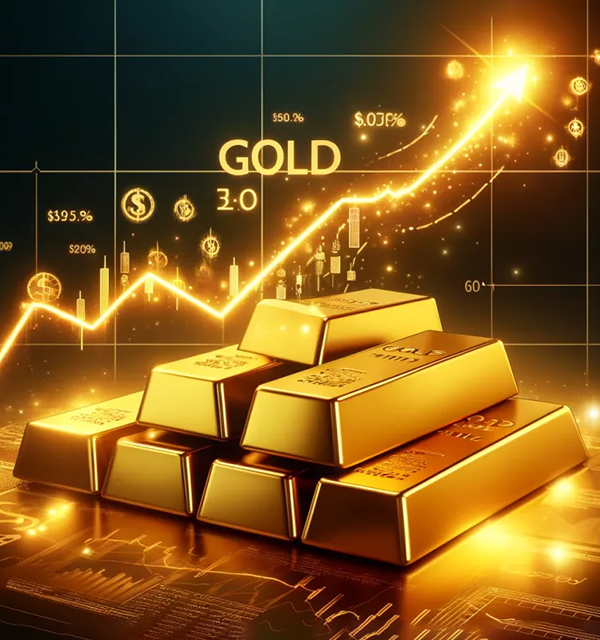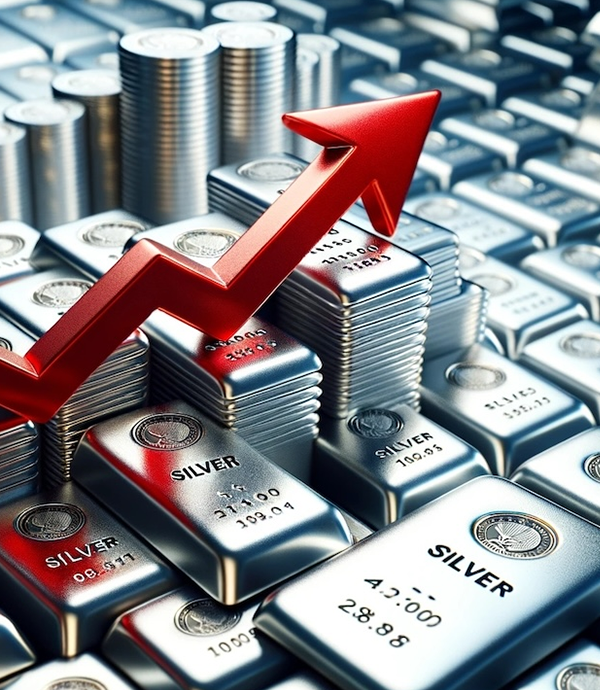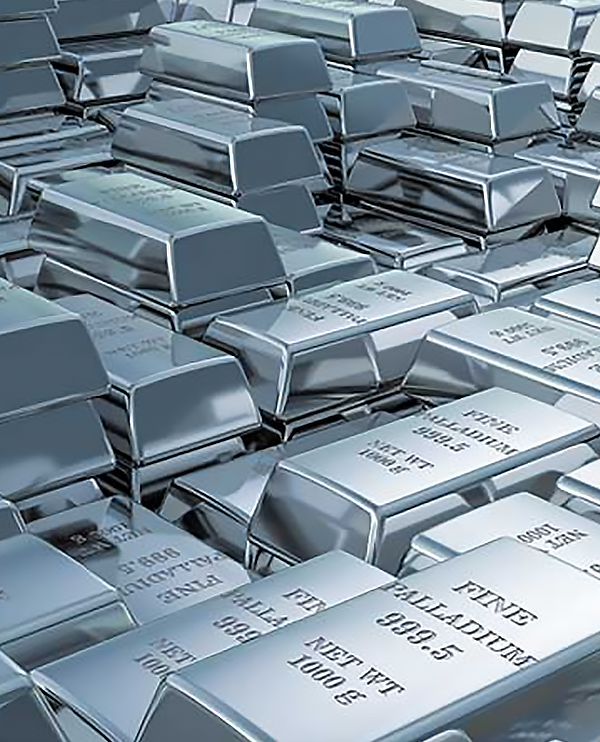Gold and silver have been recognized as valuable metals and were highly coveted by ancient civilizations. Precious metals still have their place in a savvy investor's portfolio in modern times. But which precious metal is best for investment purposes? And more importantly, why are they so volatile? There are many ways to buy precious metals like platinum, and a host of good reasons why you should give in to the treasure hunt. So if you're just getting started out in precious metals , read on to learn more about how they work and how you can invest in them.
Precious metals are one way to diversify an investor's portfolio and can act as a hedge against inflation
Although gold is the most common investment in the precious metals sector, it isn't the only one out there for investors.
Silver, platinum, and palladium are all commodities that can be added to your precious metals portfolio, and each has its own unique risks and opportunities
There are a number of factors that make these investments so volatile, including supply, demand, and geopolitical issues.
In addition to owning physical metal, investors can gain access through the derivatives market, metal ETFs and mutual funds, and mining company stocks.

We'll start with the granddaddy of them all. Gold is unique for its durability (it doesn't rust or corrode), malleability, and ability to conduct both heat and electricity. It has some industrial applications in dentistry and electronics, but we know it principally as a base for jewelry and as a form of currency.
Its value is determined by the market 24 hours a day, seven days a week. Gold trades predominantly as a function of sentiment—its price is less affected by the laws of supply and demand. This is because the new mine supply is vastly outweighed by the sheer size of aboveground, hoarded gold. To put it simply, when hoarders feel like selling, the price drops. When they want to buy, a new supply is quickly absorbed and gold prices are driven higher.

Systemic financial concerns. When banks and money are perceived as unstable and/or political stability is questionable, gold has often been sought out as a safe store of value.
Inflation When real rates of return (RoR) in the equity, bond, or real estate markets are negative, people regularly flock to gold as an asset that will maintain its value.
War or political crises. Conflict and political upheaval have always sent people into a gold-hoarding mode. An entire lifetime's worth of savings can be made portable and stored until it needs to be traded for foodstuffs, shelter, or safe passage to a less dangerous destination.
The United States has the world's largest reserves of gold, amounting to 8,133.5 tons as of August 2024.
Unlike gold, the price silver swings between its perceived role as a store of value and its role as an industrial metal. For this reason, price fluctuations in this market are more volatile than in the market for gold
While silver roughly trades in line with gold as an item to be hoarded, the industrial supply/demand equation for the metal exerts an equally strong influence on its price. That equation has always fluctuated with new innovations, including:
Silver's once predominant role in the photography industry (silver-based photographic film) has been eclipsed by the advent of the digital camera.
The rise of a vast middle class in the emerging market economies of the East created an explosive demand for electrical appliances, medical products, and other industrial items that require silver inputs. From bearings to electrical connections, silver's properties made it a desired commodity.
The use of silver in batteries, superconductor applications, and microcircuit markets.
It's unclear whether, or to what extent, these developments will affect overall non-investment demand for silver. One fact remains: Silver's price is affected by its applications and is not just used in the fashion world or as a store of value.

Like gold and silver, platinum trades around the clock on global commodities markets. It often tends to fetch a higher price (per troy ounce) than gold during routine periods of market and political stability simply because it's much rarer. Far less of the metal is actually pulled from the ground annually.

Like silver, platinum is considered an industrial metal. The greatest demand for platinum comes from automotive catalysts, which are used to reduce the harmfulness of emissions. After this, jewelry accounts for the majority of demand. Petroleum and chemical refining catalysts and the computer industry use up the rest.
Like silver, platinum is considered an industrial metal. The greatest demand for platinum comes from automotive catalysts, which are used to reduce the harmfulness of emissions. After this, jewelry accounts for the majority of demand. Petroleum and chemical refining catalysts and the computer industry use up the rest
Platinum mines are heavily concentrated in only two countries: South Africa and Russia. This creates greater potential for cartel-like action that would support or even artificially raise platinum prices
Investors should consider that all of these factors serve to make platinum the most volatile of all precious metals.
Lesser known than the three metals mentioned above is palladium , which has more industrial uses. Palladium is a shiny, silvery metal used in many types of manufacturing processes , particularly for electronics and industrial products. It can also be used in dentistry, medicine, chemical applications, jewelry, and groundwater treatment.
The majority of the world's supply of this rare metal, which has the atomic number 46 on the periodic table of elements, comes from mines located in the United States, Russia, South Africa, Zimbabwe, Canada, Australia, and Finland.
Jewelers first incorporated palladium into jewelry in 1939. When mixed with yellow gold, the alloy forms a metal stronger than white gold. In 1967, the government of Tonga issued circulating palladium coins touting the coronation of King Taufa'ahau Tupou IV. This is the first recorded instance of palladium used in coinage.
Metalworkers can create thin sheets of palladium down to one-two hundred fifty thousandths of an inch. Pure palladium is malleable, but it becomes stronger and harder once someone works with the metal at room temperature. The sheets are then used in applications like solar energy and fuel cells.
The largest industrial use for palladium is in catalytic converters because the metal serves as a great catalyst that speeds up chemical reactions and scrubs hydrocarbons like carbon dioxide and carbon monoxide. About 80% of global palladium supplies are used in catalytic converters.
Volatility measures how much the price of a stock, derivative, or index fluctuates. The higher the volatility, the greater the potential risk of loss for investors.

Whether it's stocks, commodities, cryptocurrencies, or forex, real-time data keeps you informed.
Earn with Toro Trading LLC Rewards as you trade. Unlock higher tiers for added perks and benefits, and redeem your Rewards for cash whenever you choose!

Toro Trading LLC is part of SUN CAPITAL PARTNERS HOLDINGS (CYPRUS) LIMITED. Complies with MiFID and is licensed by CySEC. Registration Number: HE 94216.
Registered Address: Nicosia, Cyprus, (24, Santa Barbara, Arcangelo 2334)
Principal office: 120 Broadway, 20th Floor, New York, NY 10024, US
Copyright © 2025 Toro Trading LLC.